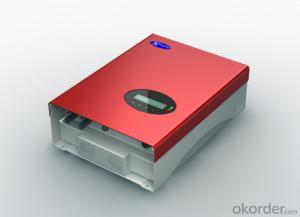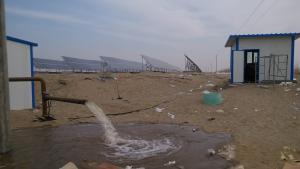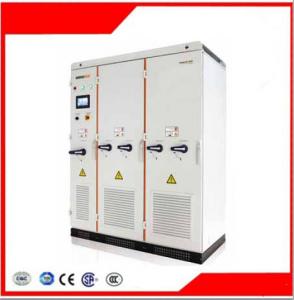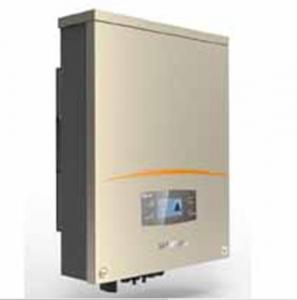Statcon Solar Inverter
Statcon Solar Inverter Related Searches
Satcon Solar Inverter Star Solar Inverter Icon Solar Inverter Sun Solar Inverter Steca Solar Inverter Inverter Solar Solar Solar Inverter Sunshine Solar Inverter Power Solar Inverter Smart Solar Inverter Standalone Solar Inverter Solar Smart Inverter Smart Inverter Solar Solar Energy Inverter Solar Rooftop Inverter Solar Home Inverter Voltronic Solar Inverter Home Solar Inverter Microtek Solar Inverter Smart Solar Power Inverter Solar Battery Inverter Solar Pro Inverter Portable Solar Inverter Inverter Solar Cell Home Solar System Inverter Pro Solar Inverter Solar Converter Inverter Solar City Inverter Battery Solar Inverter Victron Solar InverterStatcon Solar Inverter Supplier & Manufacturer from China
Statcon Solar Inverter is a range of high-quality products designed to optimize the performance of solar energy systems. These inverters are engineered to convert the direct current (DC) generated by solar panels into alternating current (AC), which can be used by homes and businesses. They play a crucial role in ensuring that solar power systems operate efficiently and reliably, delivering clean, renewable energy to meet various energy needs.The Statcon Solar Inverter is widely used in a variety of applications, including residential, commercial, and industrial settings. They are particularly beneficial in areas with high solar irradiance, where the potential for solar energy generation is significant. These inverters are also used in off-grid systems, providing a reliable power source for remote locations without access to the main power grid. By harnessing the power of the sun, Statcon Solar Inverters contribute to reducing reliance on fossil fuels and lowering greenhouse gas emissions, making them an environmentally friendly choice for energy generation.
Okorder.com is a leading wholesale supplier of Statcon Solar Inverters, offering a vast inventory of these essential components for solar energy systems. With a commitment to providing high-quality products at competitive prices, Okorder.com ensures that customers have access to the best Statcon Solar Inverters on the market. This extensive inventory allows customers to find the right inverter for their specific needs, whether they are looking for a small-scale residential system or a large-scale commercial installation. By partnering with Okorder.com, customers can be confident that they are receiving the best value and support for their solar energy projects.
Hot Products

















































